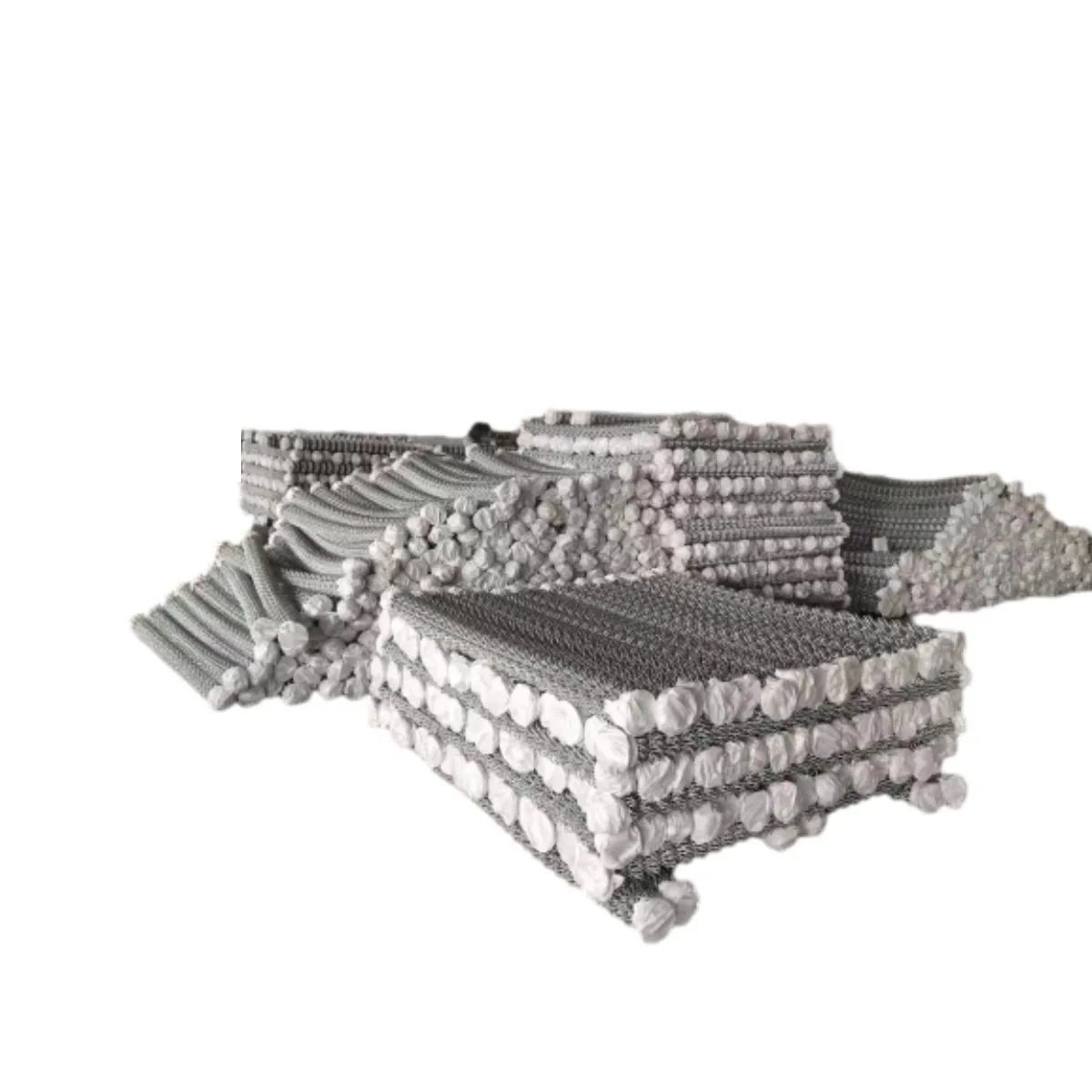Aug . 12, 2024 19:28 Back to list
Various Types of Roofing Nails and Their Unique Features for Effective Roof Installation
Types of Roofing Nails A Comprehensive Guide
When it comes to roofing projects, the choice of nails is as critical as the roofing material itself. Using the right type of roofing nail will not only ensure a secure installation but also enhance the durability and longevity of the roof. This article will explore the various types of roofing nails, their specific applications, and the characteristics that make them suitable for different roofing tasks.
1. Material Composition
Roofing nails are primarily made from different materials, each offering specific benefits. The most common materials are
- Steel Steel roofing nails are the most widely used due to their strength and durability. They can withstand high fatigue loads and resistance to bending. - Aluminum Lightweight and resistant to rust, aluminum nails are often used for metal roofing. They do not corrode easily, making them ideal for coastal areas and environments where moisture is a concern.
- Copper Known for its longevity, copper nails are often used in high-end roofing projects. They provide excellent resistance to corrosion and are aesthetically pleasing but can be expensive.
2. Head Styles
The head of a roofing nail plays a crucial role in its effectiveness. Common head styles include
- Flat Head This is the most common type, featuring a flat, wide surface that allows for better holding power against the roofing material, reducing the risk of blowing off during strong winds.
- Round Head Often used with synthetic materials such as shingles, round head nails provide a smooth surface for the roofing materials to adhere to tightly.
- Large Head Large-headed nails are designed for heavy roofing materials, ensuring adequate grip and preventing the nails from pulling through the material
.3. Shank Types
The design of the shank affects how well the nail grips into the roofing material. The different types include
types of roofing nails

- Smooth Shank These nails provide decent holding power and are typically used with lighter roofing materials.
- Screw Shank (or Threaded Shank) With a spiral thread, screw shank nails offer superior holding power and are ideal for applications where wind uplift may be a concern.
- Ring Shank The ringed surface enhances the nail's grip, making it less likely to pull out. This makes ring shank nails an excellent choice for installation in high-wind areas.
4. Length and Gauge
The length and gauge of roofing nails should also be considered, as they determine how they penetrate the roofing material and the structure beneath. Long nails offer greater stability but can risk over-penetration, while shorter nails may not provide adequate support.
- Common Lengths Roofing nails typically range from 1 inch to 2.5 inches in length. The choice depends on the thickness of the roofing material.
- Gauge Generally, roofing nails are gauge 12 to 16. A lower gauge means a thicker nail, which usually provides better strength and holding power.
5. Special Features
There are also specialized roofing nails designed for specific applications
- Galvanized Nails These nails are coated with a layer of zinc to prevent corrosion, making them ideal for use in wet conditions.
- Plastic- or Rubber-Washered Nails These feature a washer that provides a waterproof seal, making them perfect for metal roofing installations.
Conclusion
Choosing the right type of roofing nail is essential for the success of any roofing project. By understanding the various materials, head styles, shank designs, lengths, and special features available, homeowners and contractors alike can make informed decisions that prioritize the roof’s integrity and performance. Proper installation with quality roofing nails will contribute significantly to the durability and longevity of the roof, ultimately protecting the home for years to come.
-
Weather Resistance Properties of Quality Roofing Nails
NewsAug.01,2025
-
How Galvanised Iron Mesh Resists Corrosion in Harsh Environments
NewsAug.01,2025
-
Creative Landscaping Uses for PVC Coated Wire Mesh Panels
NewsAug.01,2025
-
Common Wire Nail Dimensions and Their Specific Applications
NewsAug.01,2025
-
Choosing the Right Welded Wire Sheets for Agricultural Fencing
NewsAug.01,2025
-
Anti - Climbing Features of Razor Wire Barriers
NewsAug.01,2025









